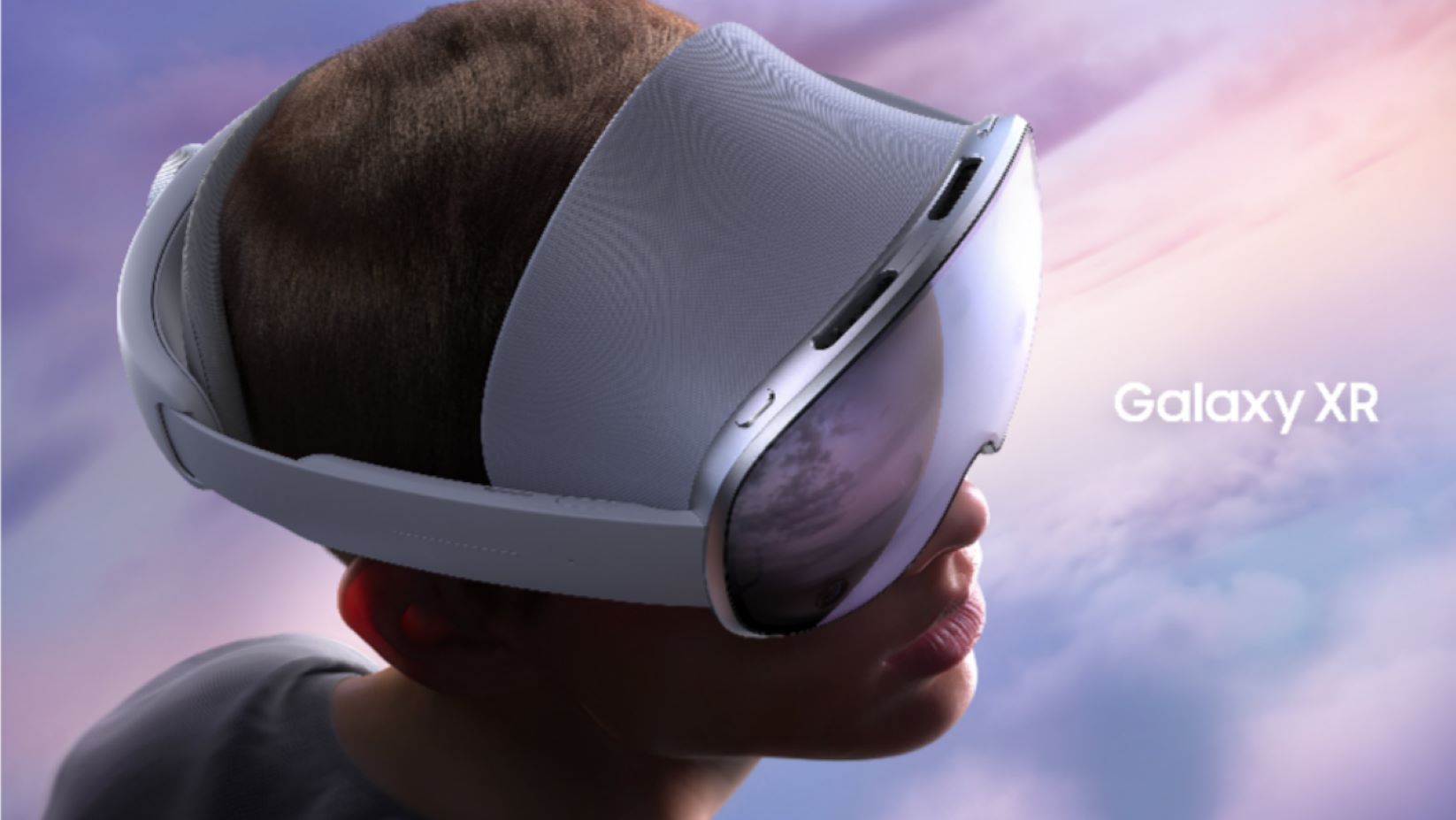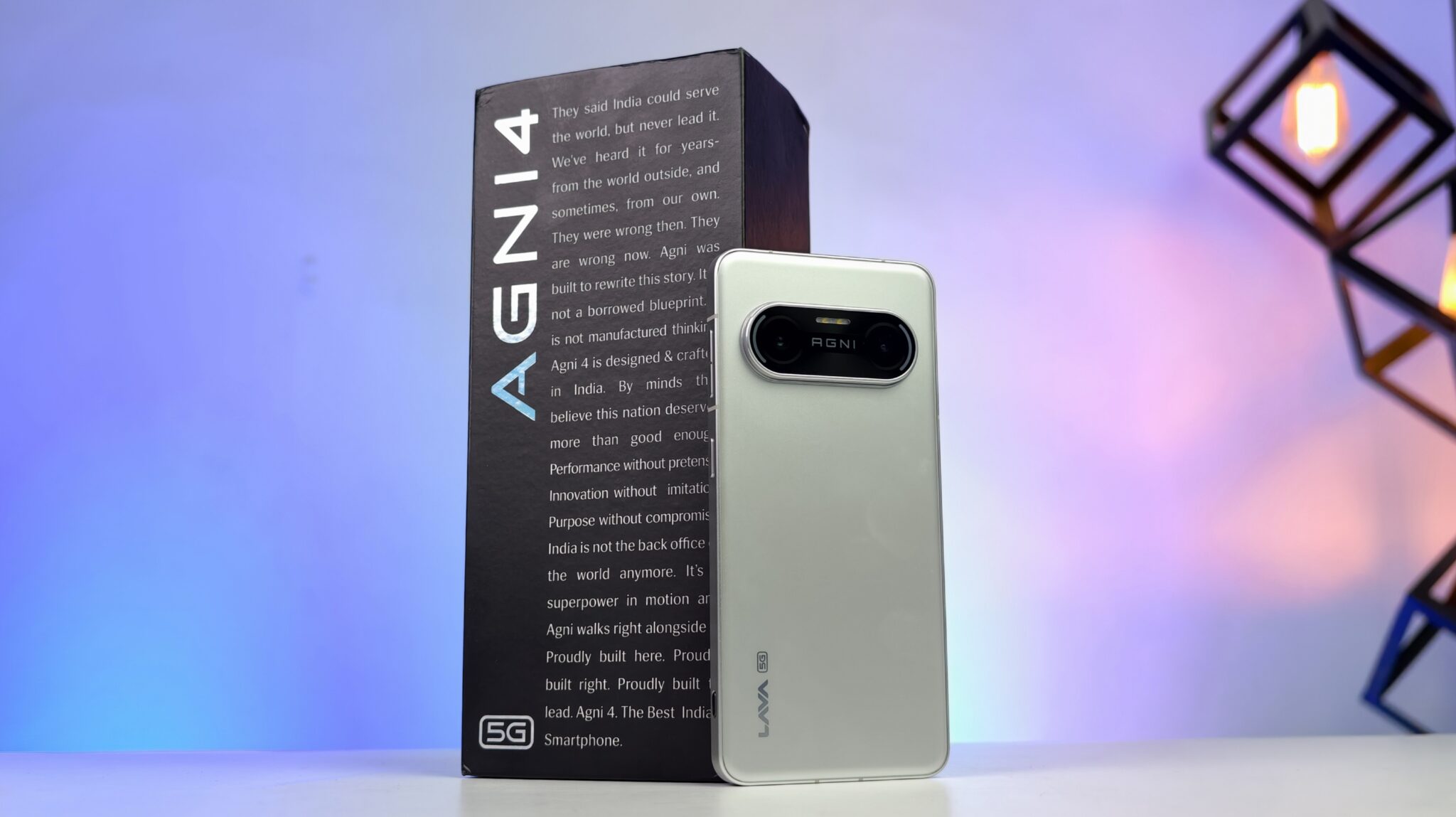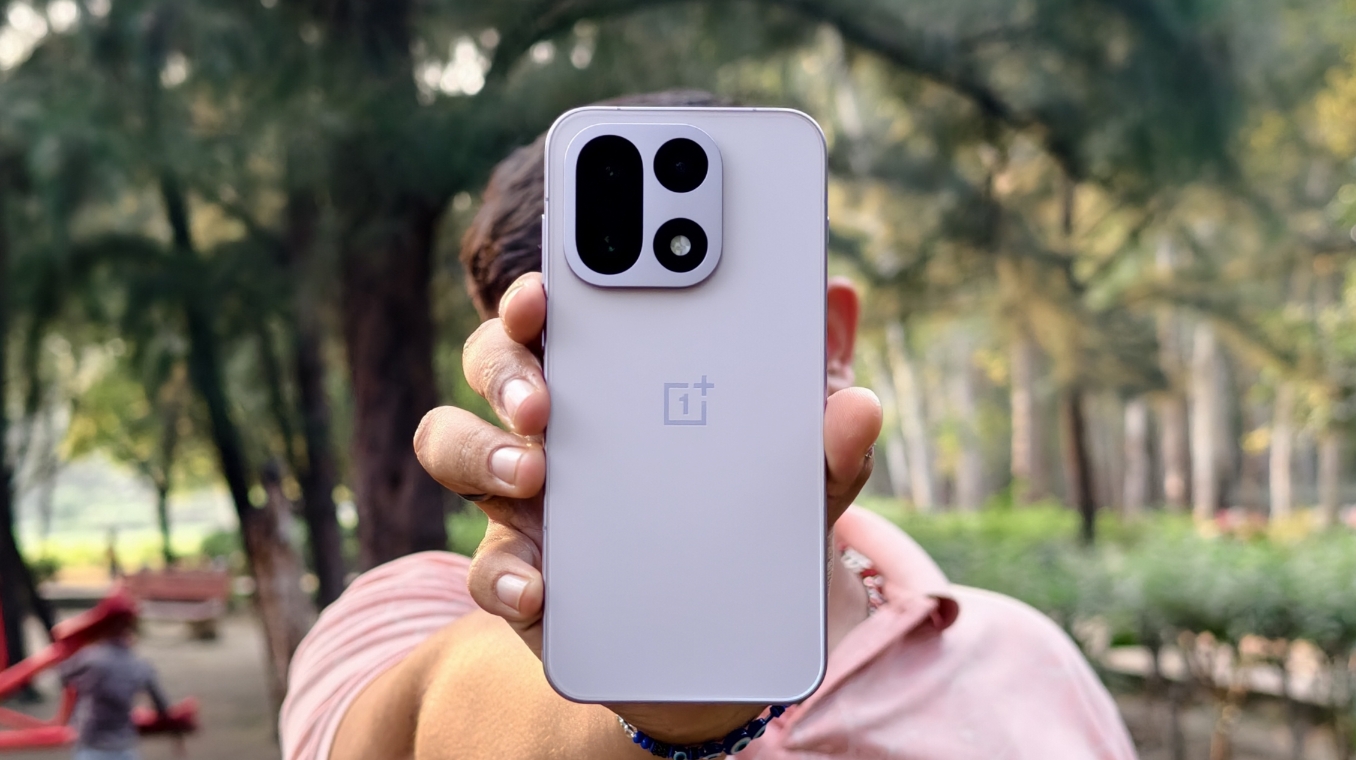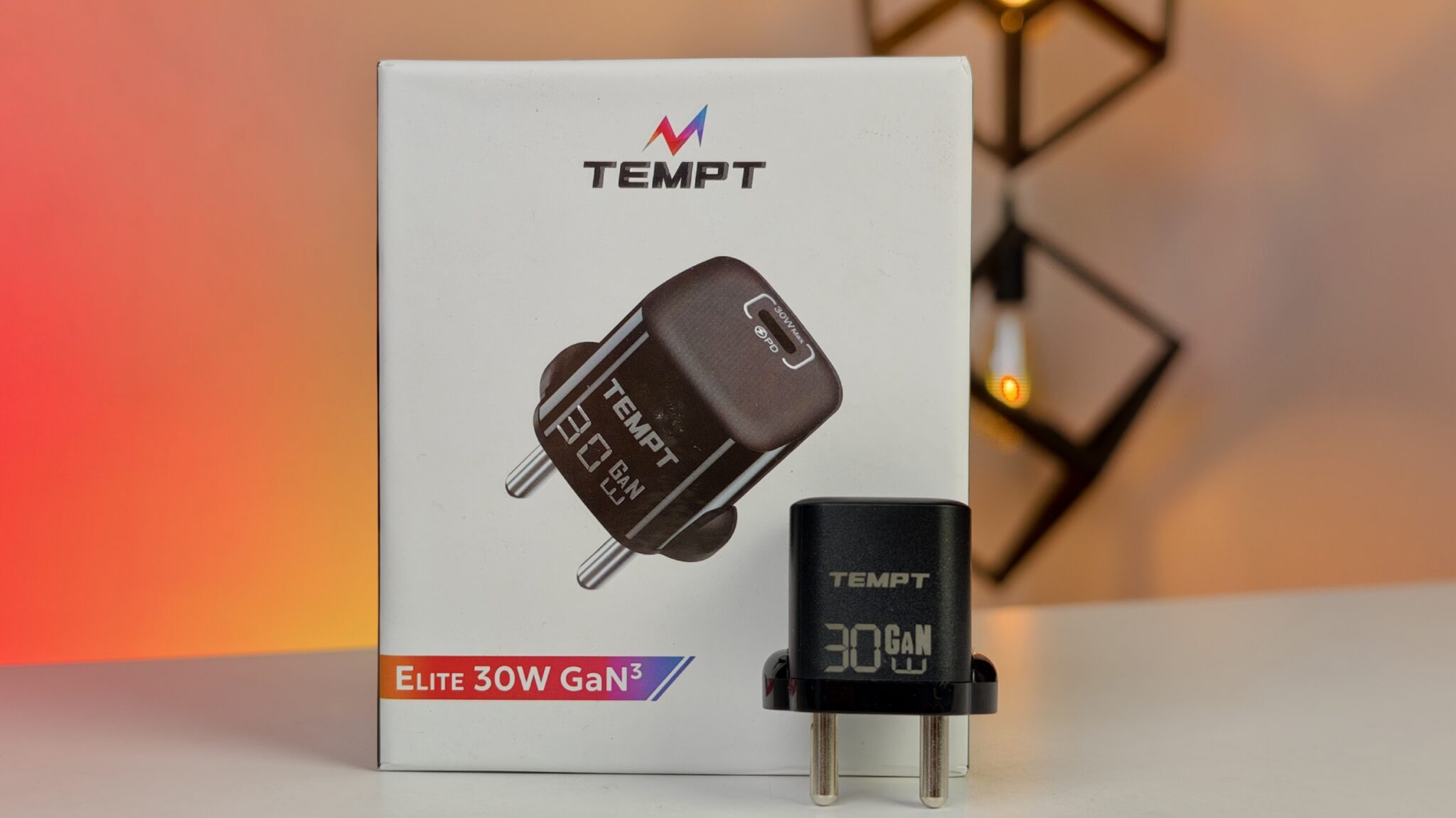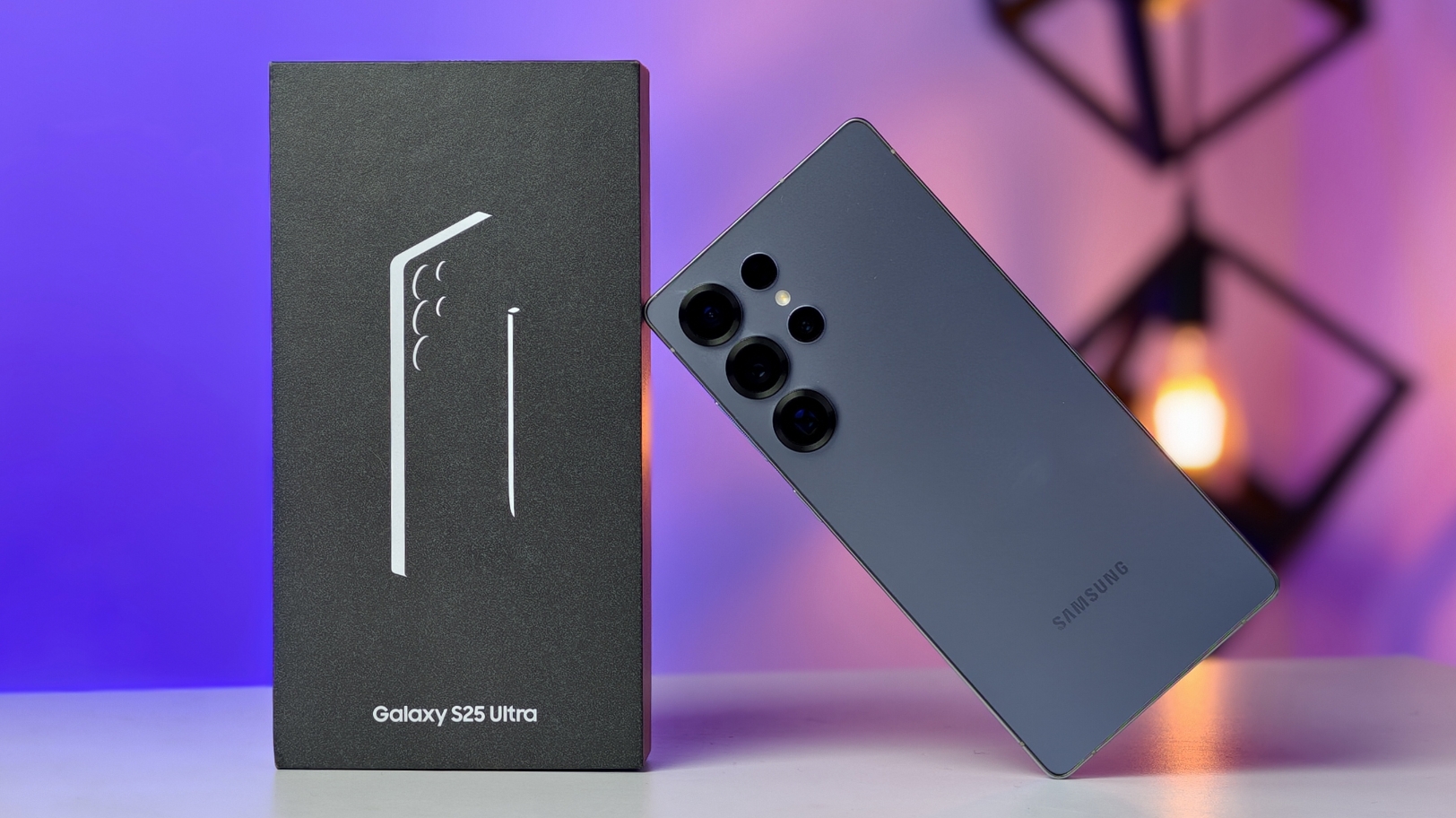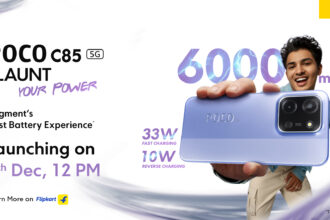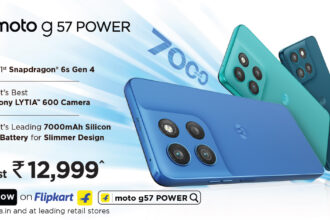Samsung Electronics has officially unveiled its first mixed-reality headset, the Galaxy XR, marking its entry into the extended reality space. The headset launches in both the United States and South Korea, priced at $1,799 (approximately ₹1,58,000) for the single 16GB RAM and 256GB storage configuration. Developed jointly with Google and Qualcomm Technologies, the Galaxy XR operates on the new Android XR platform, which deeply integrates Gemini, Google’s multimodal AI assistant. The headset becomes available starting October 21 in the US and October 22 in Korea.
Key Takeaways
- The Galaxy XR is Samsung’s first AI-native extended reality (XR) headset, co-developed with Google and Qualcomm.
- It runs on the Android XR platform, which is built around Google’s Gemini AI for natural, conversational interactions through voice, vision, and gesture.
- The headset features dual Micro-OLED displays with a combined 27 million pixels, a 3,552 x 3,840 resolution, up to a 90Hz refresh rate, and a 109-degree horizontal field of view.
- It is powered by the Qualcomm Snapdragon XR2+ Gen 2 chipset, offering up to 2.5 hours of video playback and features like Wi-Fi 7 and Bluetooth 5.4.
- The headset is priced at $1,799 in the US and KRW 2,690,000 in South Korea.
Galaxy XR Technology and Experience
The Galaxy XR marks the beginning of the Android XR ecosystem, expanding Android’s reach beyond smartphones and tablets into extended reality devices, which could eventually include AI-powered glasses.
Samsung has designed the device for a blend of discovery, play, and productivity, letting users transition between real and virtual environments smoothly. Gemini plays a central role here, leveraging the headset’s cameras and sensors to interpret surroundings, enabling context-aware assistance and hands-free control. One particularly interesting feature is Circle to Search, which works even in pass-through mode. Users can circle real-world objects with a hand gesture to instantly receive information about them.
Several key applications have been optimized for the headset, such as Google Maps with immersive 3D navigation and YouTube with AI-guided exploration features. The system can even convert 2D photos and videos into spatial 3D visuals automatically, adding a new dimension to personal content.
When it comes to entertainment, the Galaxy XR aims to replicate a personal theatre experience with its 4K Micro-OLED display. Sports enthusiasts can watch multiple games at once, arranged spatially as if they were inside the stadium. There’s also AI-enhanced gaming, where Gemini can provide real-time hints or coaching. Creative users can work with apps like Adobe’s Project Pulsar, which lets them make cinematic video edits within a large 3D workspace.
Hardware and Comfort Focus
Comfort appears to have been a key design priority for Samsung. The headset’s frame distributes weight evenly between the forehead and back of the head, making it more wearable over extended sessions. The main unit weighs 545 grams, while the 302-gram battery pack connects separately via a tether to keep the headset itself lightweight. Samsung includes a detachable light shield, so users can choose between full immersion and greater real-world awareness depending on their activity.
Inside, the Galaxy XR runs on the Snapdragon XR2+ Gen 2 Platform, featuring the Qualcomm Hexagon NPU for advanced on-device AI processing. The device also houses an impressive set of sensors: two high-resolution pass-through cameras, six world-facing tracking cameras, and four eye-tracking cameras for precise movement detection and spatial accuracy. For security, it supports iris recognition, and for audio, it includes two-way speakers and a six-microphone array with beamforming to ensure clear voice input.
Samsung has hinted at a wider XR roadmap, which includes upcoming AI glasses being developed in collaboration with fashion brands Warby Parker and Gentle Monster. It’s perhaps a signal that the company envisions XR not just as a tech experiment, but as the next major platform blending AI, design, and everyday usability.
If anything, the Galaxy XR feels like the start of a new chapter for Samsung, a careful but confident step into a future where digital and physical worlds overlap more naturally than ever before.
Frequently Asked Questions
Q. What is the price of the Samsung Galaxy XR headset?
A. The Samsung Galaxy XR headset costs $1,799 in the United States and KRW 2,690,000 in South Korea.
Q. What is Android XR?
A. Android XR is a new extended reality (XR) operating system built by Google and Samsung, designed to power mixed-reality headsets and smart glasses. It is the first Android platform built with Google’s Gemini AI assistant at its core.
Q. What are the main specifications of the Galaxy XR display?
A. The Galaxy XR features dual Micro-OLED displays with a 3,552 x 3,840 resolution (27 million pixels), a refresh rate up to 90Hz, and a 109-degree horizontal and 100-degree vertical field of view.
Q. How long does the Galaxy XR battery last?
A. The Galaxy XR is rated for up to 2 hours of general use or up to 2.5 hours of 2D video playback from YouTube in a virtual environment. The device can also be used while its separate battery pack is charging.


